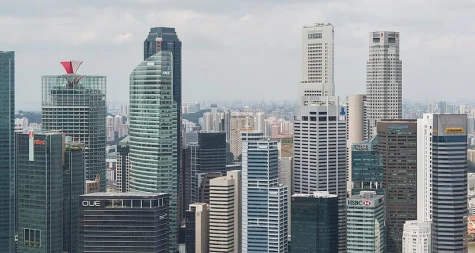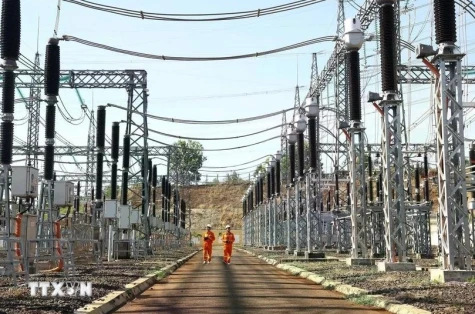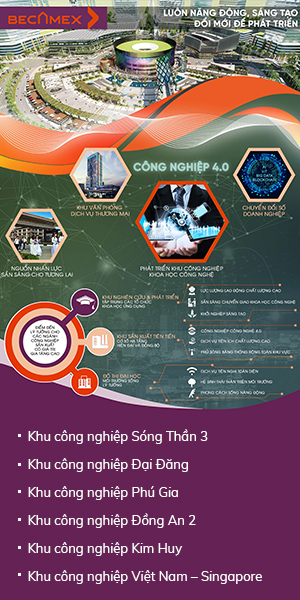Chinese archaeologists have found the remains of an ancient “imperial palace” near the tomb of emperor Qin Shi Huang, the first emperor of China.
Both sites of the palace lay on the edge of Xi'an, an ancient capital city now located in central China. The palace is estimated to be roughly a quarter of the size of Beijing’s Forbidden City and is the largest complex found so far in Qin Shi’s twenty-two square mile mausoleum.
The imperial palace is 690 metres long and 250 metres wide, consisting of 10 courtyard buildings and one main building. Of the complex, built in the 1400s, archaeologists have found walls, gates, stone roads, pottery sherds and some brickwork, according to Xinhua.
The main burial chamber of Qin Shihuang has yet to be excavated, as archaeologists worry that doing so without sufficient resources would do more harm than good. Reports written in the centuries after the emperor's death claim the burial chamber includes a map of Qin Shi Huang's kingdom, including rivers of mercury. The ceiling is said to be encrusted with jewels./.
CPV


























